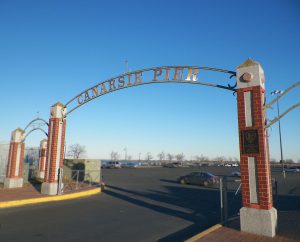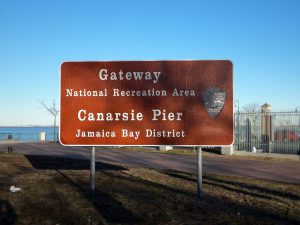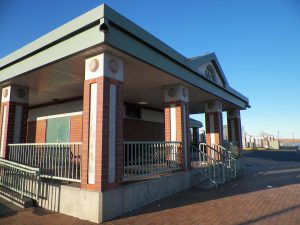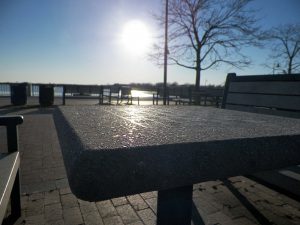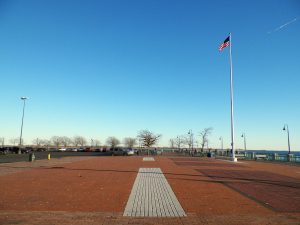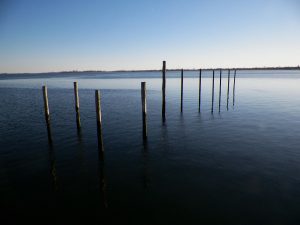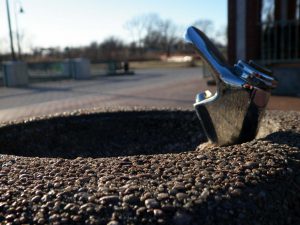My family wasn’t exceedingly rich throughout my childhood, we were a standard middle class household living in an urban environment, much like most of New York City. Whenever we wanted to treat ourselves to a different atmosphere, we would begin to explore as far as our feet would take us. We used to walk miles in the summer breeze, in a vying attempt to escape the heat of the city and the pier was one our most popular destinations. This was before it became a renowned spot for community fellowship, back when the pavement was cracked and broken and we’d vanish between the thick trees in order to reach the sandy clearing of Jamaica Bay. We would watch numerous sunsets/sunrises there; to my young mind, it was the most beautiful, mesmerizing, and magical thing I had ever witnessed.
Approximately 600 years ago the Mohican and Delaware Indians were living in the New York area. Long Island/Brooklyn housed 13 tribes, the Canarsee tribe being one. From the Native Americans is where the name derives (along with many of Long Island’s counties). They called Long Island, which includes part of Brooklyn, Seaawanhacy which translates to “Land of Shells”. It is not entirely clear as to how Canarsie got its particular name, but there are two theories. The first is that, as the French invaded the Native American’s land they named the land after “Canarde” which means duck in the French language (referring to the wildlife), the name, then, morphed into “Canarsee” which follows the Native American dialect. The second theory is that “Canarsee” which can mean fort or fence was used in reference to the surrounding environment working as a natural barrier.
In the early 1900’s Canarsie was claimed to be a popular area for recreation. The in-coming Italian and Jewish immigrants found housing by the water and it quickly became the ideal area of the City due to avenues dedicated to hotels, casinos, and other social halls. By the time of the roaring ‘20’s the once lucrative commercial fishing port was deemed unfit for consumption due to an overgrowing amount of pollution in the water; killing off a large sum of Jamaica Bay’s fish and oysters.
By the time of 1926, the City commissioned the manufacturing of a pier that would extend 600 feet out of the main land. This was the last attempt at making Jamaica Bay marketable by building a seaport; this plan was, unfortunately, never fully executed, leaving behind the pier that we all came to know and love today. Then, in 1973 it was taken over by the National Park Service which, consequently, became the main contributor in the enhancement of the overall environment of Canarsie Pier/Jamaica Bay. Now, if you go to the pier on any day you will see people fishing for Blue Fish in the clean waters.
So many memories reside within those welcoming gates; summer evenings of picnicking, birdwatching, and most of all exploring. Since my childhood, Canarsie Pier has gotten more activities that you can enjoy (especially in the summer) that ranges from hiking to kayaking.

